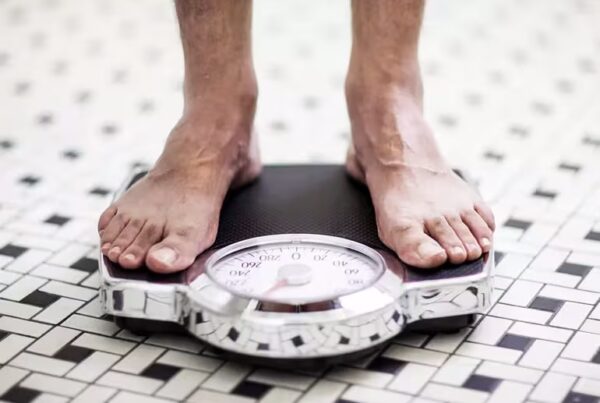Ever found yourself rummaging through the fridge at midnight for that leftover slice of cake or a handful of salty chips? You’re not alone. Late-night cravings are more than just bad habits — they’re often windows into our emotional and psychological states. Understanding the why behind these cravings can help you gain better control over them and, in turn, your weight loss journey.
Cravings Are Not About Hunger
One of the most common misconceptions is that cravings are simply a sign that you’re hungry. In reality, cravings are usually emotional responses triggered by stress, boredom, sadness, or even habit. When your brain wants comfort, it often reaches for food — particularly sugar, fat, and salt — because these provide short-term pleasure by stimulating the release of feel-good chemicals like dopamine.
Key Insight: If you’re craving food but wouldn’t eat a healthy option like steamed vegetables, you’re probably not truly hungry — you’re emotionally eating.
What Your Go-To Craving Might Be Telling You
Cravings can be surprisingly specific — and each type of craving may be linked to a particular emotional or psychological need:
-
Sweet Cravings (like chocolate or pastries):
Often tied to stress, sadness, or loneliness. Sugar gives a quick dopamine spike, temporarily lifting your mood. -
Salty or Crunchy Foods (chips, popcorn):
Usually linked to frustration or anger. The act of crunching can offer a physical outlet for emotional tension. -
Creamy or Comfort Foods (ice cream, mac and cheese):
These may point to a desire for comfort, safety, or nostalgia. They remind us of home or simpler times. -
Spicy Foods:
Some seek spicy flavors when they’re bored or emotionally numb, using the heat to “wake up” their senses.
The Role of Stress and Cortisol
Chronic stress raises levels of cortisol, a hormone that increases appetite and may drive fat storage — especially in the abdominal area. Cortisol also encourages cravings for high-calorie “reward” foods, which explains why a tough day at work often ends with a trip to the snack cupboard.
Tip: Practicing stress-reduction techniques like deep breathing, meditation, or even a walk outside can help short-circuit cravings before they take hold.
Strategies to Outsmart Emotional Cravings
While cravings can’t be eliminated entirely, you can manage them with these science-backed strategies:
1. Pause and Name the Feeling
Before eating, ask yourself: What am I feeling right now? Naming the emotion — whether it’s stress, boredom, or sadness — reduces its unconscious power.
2. Create a Distraction Ritual
Instead of automatically reaching for food, set a 10-minute timer and do something else: call a friend, listen to a song, stretch, or journal. Often the craving will pass.
3. Upgrade Your Environment
Keep tempting foods out of sight or out of the house altogether. Replace them with healthier options that still satisfy — like Greek yogurt with berries instead of ice cream.
4. Balance Your Meals
Make sure you’re eating enough during the day. Skipping meals can backfire and increase cravings later. Focus on meals rich in protein, fiber, and healthy fats to keep you full longer.
5. Practice Mindful Eating
When you do indulge, slow down. Savor each bite without distraction. You’ll enjoy it more and may need less to feel satisfied.
Final Thought: Cravings Are Clues, Not Failures
Midnight snacks don’t mean you’re weak — they mean you’re human. Every craving carries a message, and when you learn to decode it, you gain power over it. By understanding the emotional triggers behind your eating habits, you can shift from reacting to cravings to responding with intention. That’s not just smart psychology — it’s sustainable weight loss.




